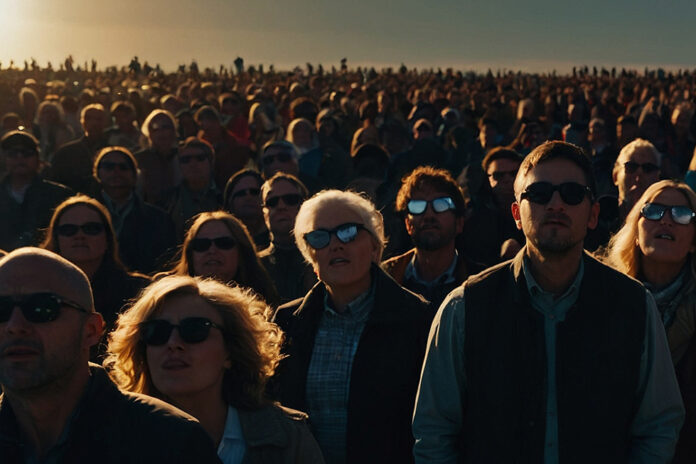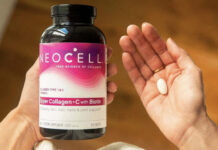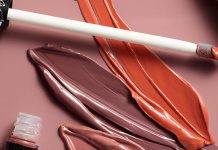
But when it comes to the nature of eclipses, there is a very common misconception: people tend to believe in a serene and timeless moment during which they will not be subjected to the regular rules of caution for the sun. But this becomes, in a way, a fallacy of warning danger—the sort that could leave whole crowds heedlessly exposed to the invisible threat.
But even if the moon turns into a bouncer to the searing-bright sun, it does very little to check the cascade of bombardment of harmful ultraviolet (UV) radiation down to Earth.
A Hidden Hazard
The pernicious effect of UV radiation is felt most during an eclipse. To us, the eyes are at least shielded by special glasses, but the skin remains out there, exposed and getting unwittingly battered by the sun in a secret war. A danger of prolonged exposure:
Sunburn: Instead, other than the cooling darkness of an eclipse, full-on destruction from UV radiation can still burn your unprotected skin, which would cause redness, pain, and, of course, peeling—the aftermath of sunburn.
Premature aging: not only is the immediate discomfort at stake here. The UV cleverly, almost as if it were stealing from the skin its entire youthfulness, contributes to such signs of premature aging as the making of wrinkles, fine lines, and age spots.
Skin Cancer: Perhaps the most sobering of all issues is the long-term risk of skin cancer. The above does perhaps not reach the level of potential risk factors in one event, but it does serve to outline that possibility. Regular exposure and without protection, skin cancer may therefore become a risk at a later point.
Safeguarding Your Skin
Because the sun’s rays will be completely blocked out by the moon, it is essential to take care of your eyes and skin with all the protections from the sun. Here is the tip where one would definitely allow enjoying the eclipse without affecting the health conditions on the skin.
Seek shade, if possible. The sun’s rays will become less intense, and it is best to watch the eclipse from a shaded place if you are afforded this opportunity. This little act will minimize exposure to dangerous UV radiation. Stay Informed: Keep track of the forecast UV index for the day of the eclipse and plan outdoor activities accordingly. In Conclusion
The April 8 total eclipse of the moon is shaping up to be a spectacular event—a celestial ballet, if you will, showcasing just how wonderful the universe is and the implausibility of our existence in this universe. But simultaneously, it also reminded one of the poignant reminder of the power of the sun not only to brighten the world but also of what it can do to us when we are not properly protected. As we gear up to witness this magnificent spectacle, let’s not forget to take care of our skin with as much concern as our eyes. After all, the beauty of the cosmos should be best relished when we are well, happy, and complete.













